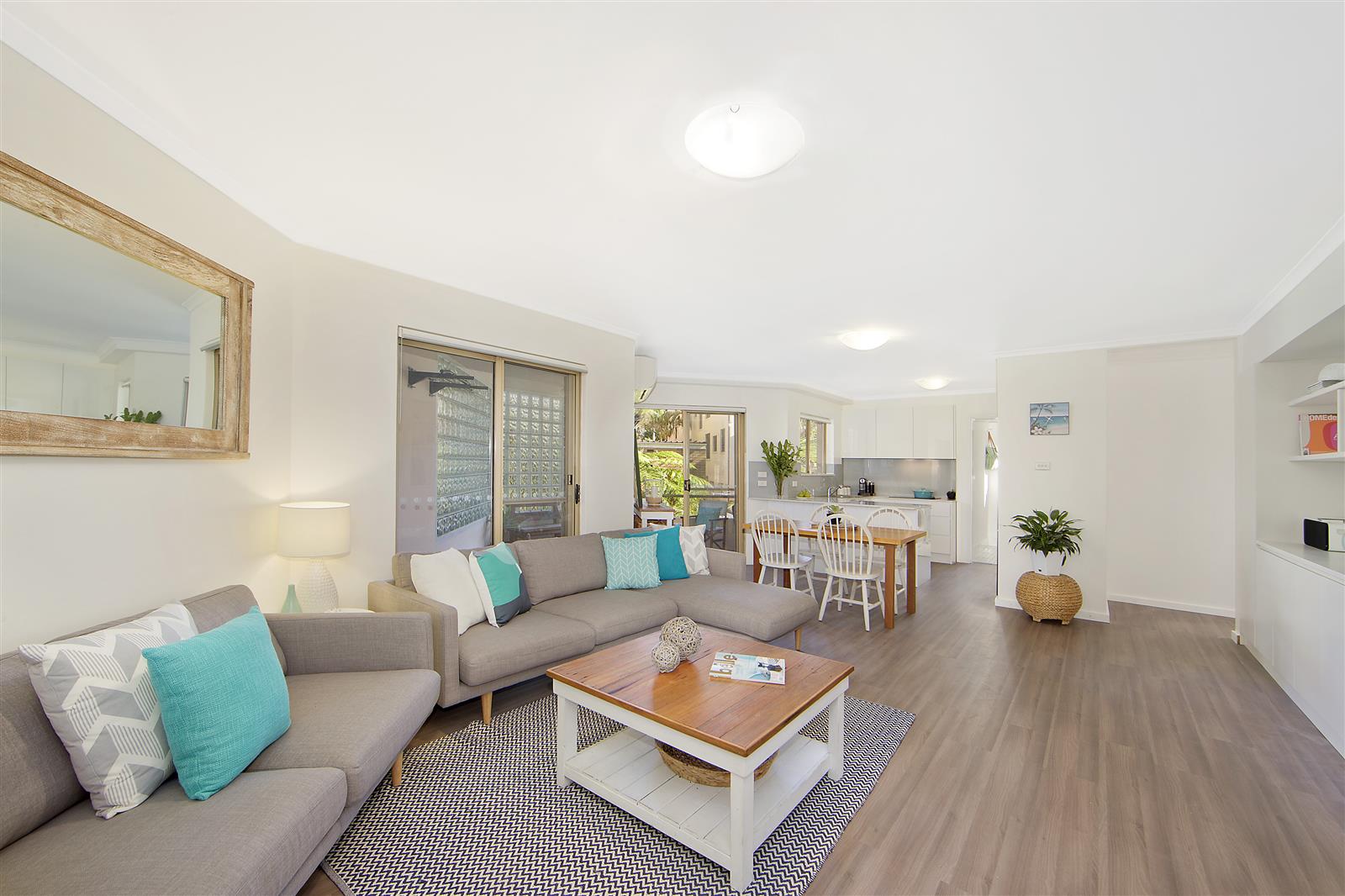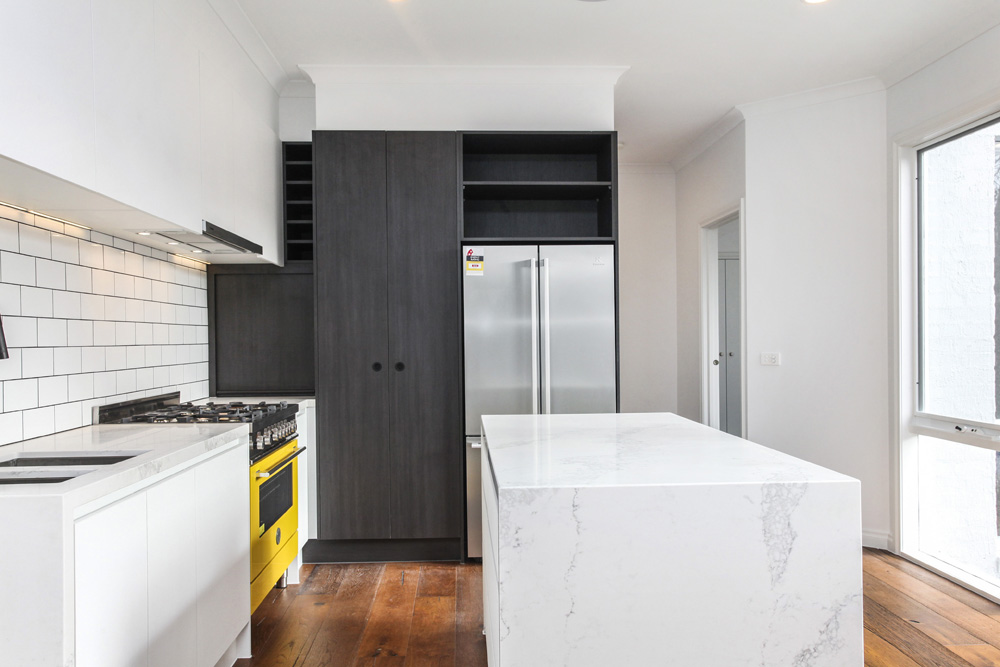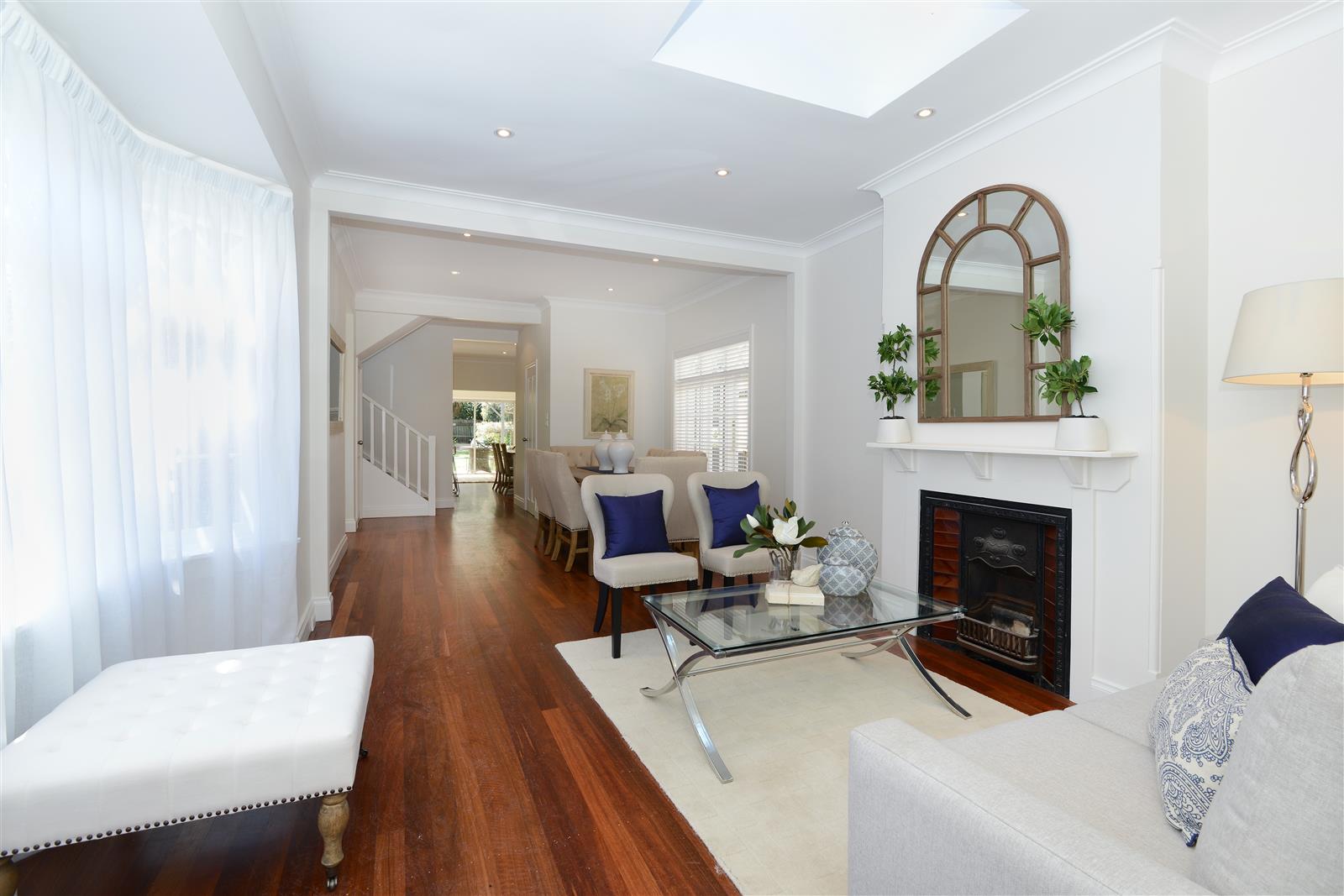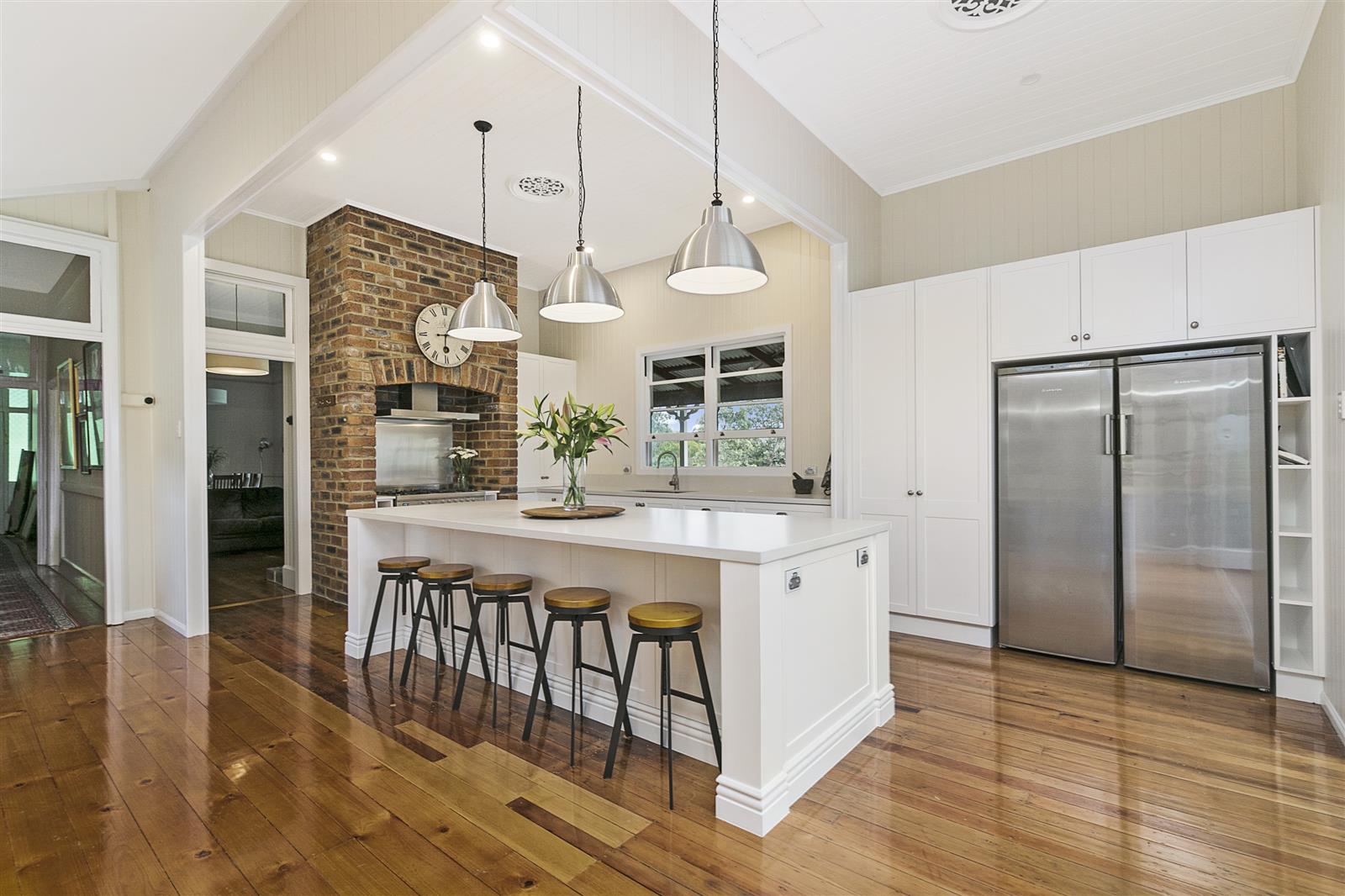Defining Popular Interior Styles
Home renovation and interior restyling often go hand in hand. A theme for paint, tiles and flooring is chosen with a set style in mind, and new furniture and decor are bought to complement it. But if you’re at the stage of trying to decide what your style is, it can be quite challenging to define. That’s why we have listed four common interior styles, and outlined some of their common characteristics!
COASTAL
Coastal styling is synonymous with the beach and relaxing vibes. Common characteristics of this style include:
- White and neutral tones for paint and tile choices. This creates a cool, calm backdrop.
- Timber, white washed or stone tile flooring. This enhances the natural and earthy vibes in a room.
- Neutral coloured lounges and white-washed timber furniture. This provides a ‘lived-in’ and comfortable feel to a room.
- Subtle pops of colour and texture through cushions, throws, rugs, plants, artwork and other décor – consider muted shades of green and blue or navy. This adds interest and depth to a room, without overpowering the serenity created by neutral tones.
CONTEMPORARY
Contemporary styling is a fluid style, rooted in the moment. The ‘less is more’ mantra is central to this style, making it an appealing style for minimalists. Common characteristics include:
- A strong emphasis on lines and form. This opens up spaces.
- An abundance of natural light. This makes rooms feel more airy and expansive.
- Sophisticated neutrals for paint and sleek, hard surfaces for flooring. This emphasises the lines and form within a space.
- Glossy tiles and surfaces. This creates a polished feel in a space.
- Maximum storage and minimal accessories. Every piece has to count.
- High impact furniture/appliance. This makes a statement while serving a purpose, and does not create clutter.
TRADITIONAL
Traditional style is comforting and classic. It is calm, orderly and somewhat predictable, yet timeless. Some common characteristics include:
- Neutral shades for paints. This creates a sense of timelessness in a room.
- A simple colour palette for accents, most commonly blue and white. This creates contrast without being obtrusive.
- Matching furniture pieces and upholstered lounges and chairs. This adds order and comfort to a room.
- Accessories including lamps, plants, mirrors, cushions, china vases, books and framed prints. This creates a homely feel.
URBAN INDUSTRIAL
Urban industrial style is both functional and stylish. It embraces raw surfaces that would traditionally be overlooked, creating a lot of contrast in spaces. Common characteristics of this style include:
- Exposed bricks, pipes, wood and light cords. This creates an industrial feel in a space.
- Smooth surfaces. This brings a modern, urban feel into a space, which contrasts with the exposed elements.
- Neutral, white and grey tones for paint. This allows the focus to remain on the exposed surfaces in a room.
- Concrete look tiles. This enhances the raw feel in a room.
- Pendant lighting. These provide a classic industrial look and ample lighting to a space.
As you can see, there is an extensive range of interior design styles to consider when updating your home. It’s important to take the time to think about which style best suits your taste, and choose according to that, not what is currently trending (unless of course that aligns with your taste). Consider how this style can be enhanced through your renovation and don’t be afraid to put your own twist on it!




